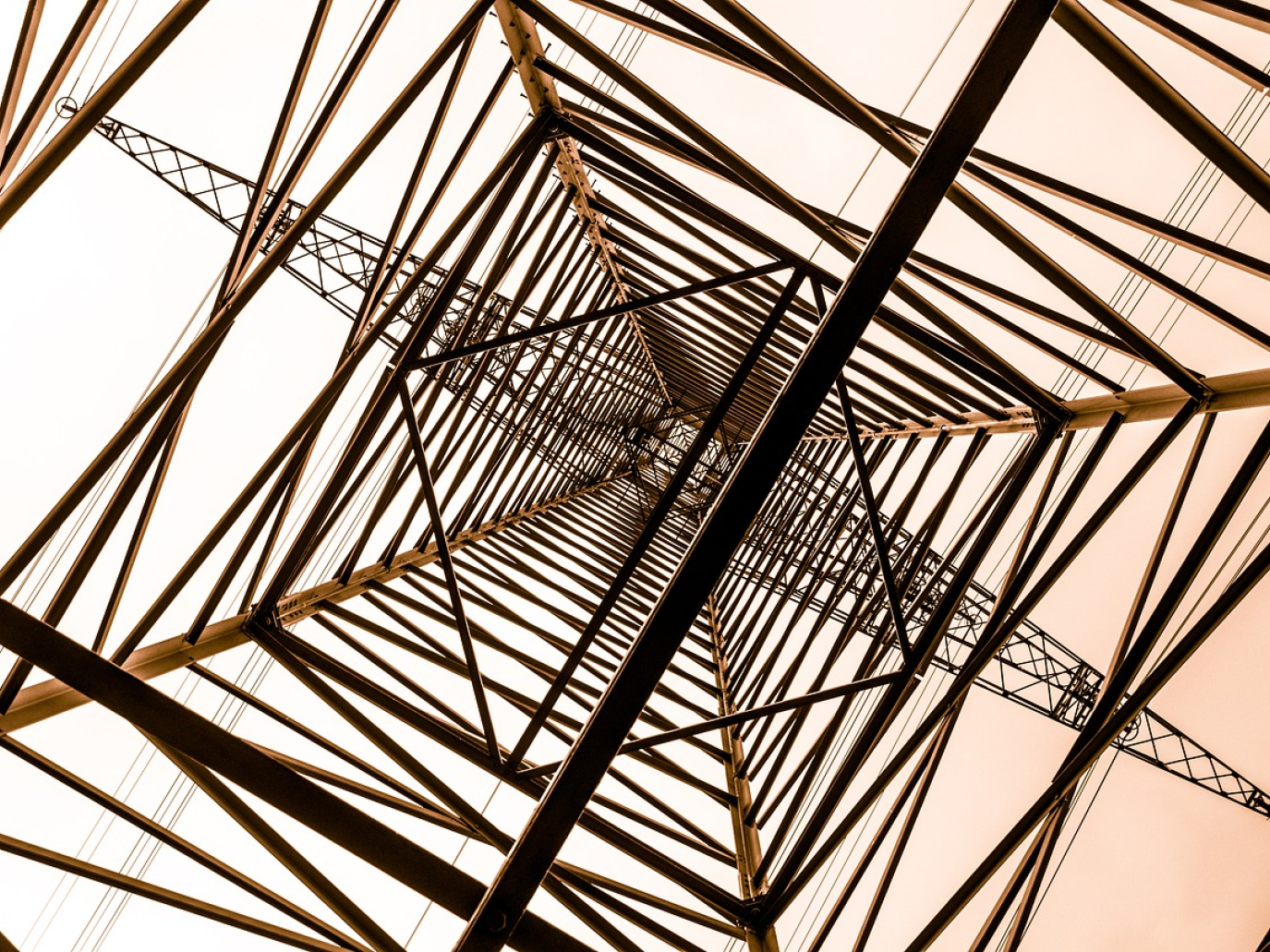The road to the green economy is paved with geopolitics. A resource like steel makes this even clearer.
Inaugurating a new era in transatlantic cooperation, on the sidelines of the G20 in Rome, the United States and the European Union have announced the reciprocal removal of tariffs and the commitment to the decarbonization of their steel industry. The conversion of coal-fired blast furnaces to green hydrogen is necessary and already possible. Leading the way in the Old Continent are countries such as Sweden, Spain, Austria and Germany. Among these, despite being the second largest steel producer in Europe and the eleventh in the world, Italy is missing. In two reports just published, the think tank ECCO tells us, however, that the decarbonization of the Italian industrial sector passes right from the steel mills of the former Ilva Taranto, a strategic pole that our economy must not give up.
The reasons for the agreement? More than just climate
On October 31st, during the summit in Rome, Joe Biden and Ursula von der Leyen wanted to end the trade dispute that erupted during the Trump administration. However, the agreement, which aims to remove barriers to entry to the U.S. market and remove EU countermeasures, has a “green” component. By providing for monitoring in the carbon intensity of metal production, the two leaders want to take a first step toward a global agreement on sustainable steel.
For the United States, however, reinforcing the trans-Atlantic partnership is essential to win the competition with the Chinese market. While in a joint press conference Biden declared that “only democracies can find viable solutions to global challenges”, the White House itself issued a statement clear in its intentions: “Together, the United States and the European Union will work to curb access to their markets for dirty steel and limit access to countries that feed steel into our economies, contributing to the global oversupply”.
In fact, according to the World Steel Association, China is the leading global steel producer. The country generated 928 Mt of steel in 2018, but most of this steel is produced in blast furnaces fired with carbon coke. The Asian giant's economy is still developing and has a limited supply of ferrous scrap. Its primary steel production will continue, and to overcome overcapacity, the U.S. must make room for its own sustainable steel. To accomplish this, they need Europe.
In Europe the decarbonization of primary steel has already begun
Scrap is already a scarce resource today. Assuming China decides to convert even 15% of its installed full-cycle capacity to electric arc furnaces, it would achieve a scrap demand of about 220 million tons per year on its own. This is a second factor that leads major Western economies to view primary steel production as a necessary process.
“Our research stems from the need to understand if we can maintain only secondary steel, which comes from recycling,” Giulia Novati, co-author of the two reports that the think tank ECCO, with a focus on steel of the Italian industrial sector, explains to Materia Rinnovabile. “We came to the conclusion that maintaining a certain share of primary steel is fundamental. It has different characteristics than secondary steel and it is necessary that the many Italian companies that produce steel from recycling have a guaranteed supply of scrap”.
To give an example related to sustainable mobility, primary steel is indispensable in the molding of car bodies, which require large deformations. The International Energy Agency in its report Global electric vehicle outlook 2021 estimates that in 2030 sales of electric cars worldwide could reach 145 million. In Europe, many large steel producers are already investing in projects aimed at the development of hydrogen DRI technology on a commercial scale and there is no shortage of first links with the automotive sector. In Sweden, SSAB, LKAB and Vattenfall have launched the HYBRIT project. The joint venture, which was awarded part of €1.1 billion in funding from the EU Innovation Fund on November 16th, has delivered the first batches of green steel to Volvo Cars Group for the design of vehicle prototypes. In 2019, ArcelorMittal launched a €65 million project to test steel production with green hydrogen in Hamburg, with the goal of producing 100 kt per year of steel. Similar fate for ArcelorMittal's plant in Sestao, Spain. At the Voaestalpine plant in Linz, Austria, what is currently the largest pilot plant for the production of hydrogen for the steel industry has been built.
“The decarbonization of the Italian industrial sector passes through Taranto”
ECCO's report gives a clear signal: the idea that climate protection and preserving jobs cannot be reconciled must be refuted. The former Ilva is the only plant left in Italy to produce primary steel in full cycle. It produced 3.4 million tons of steel in 2020, emitting into the atmosphere 8.3 Mt of CO2 and a long list of pollutants resulting from the use of coal and its derivatives. The aforementioned independent think tank suggests for Taranto a long-term strategy that foresees, in the transition phase, the reconversion to natural gas in order to achieve decarbonisation with green hydrogen, thanks to the possibility of using DRI (Direct Reduced Iron) technology with both energy sources.
“Both hydrogen and carbon monoxide can be used to break down and extract iron,” Novati concludes. “In the transition from coal to natural gas, carbon dioxide emissions are cut in half, but with green hydrogen they are cut completely. What we are proposing is a local green hydrogen supply chain, which from an employment standpoint would make it possible to offset the reduced needs of the new plant. In the Preliminary Guidelines of the National Hydrogen Strategy, the Italian government foresees the installation of about 5 GW of electrolysis capacity by 2030, twice the amount needed for the reconversion of the Taranto steel plant. In Taranto, the repercussions on employment, only related to the production of hydrogen, could be about 100 thousand temporary jobs during the construction phase and 50 thousand stable jobs”.
ECCO estimates that for the complete reconversion of the plant, meaning fully switching from coal to natural gas and then to hydro's, from 10.7 to 11.3 billion euros with current prices of technologies will be needed, which will likely drop to 7.9 – 8.7 billion euros with 2030 prices. The question is, rather, what costs the lack of intervention could have on the health of citizens, on employment and on the prestige of our economy.



